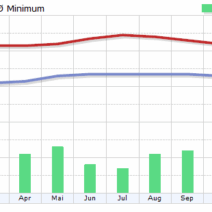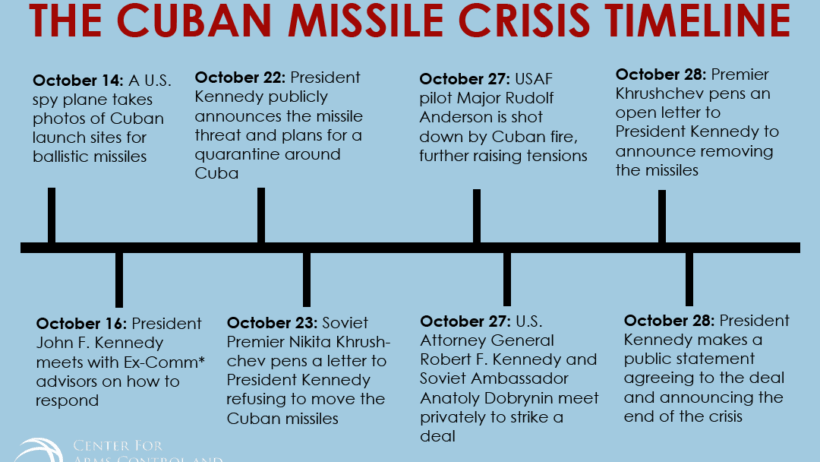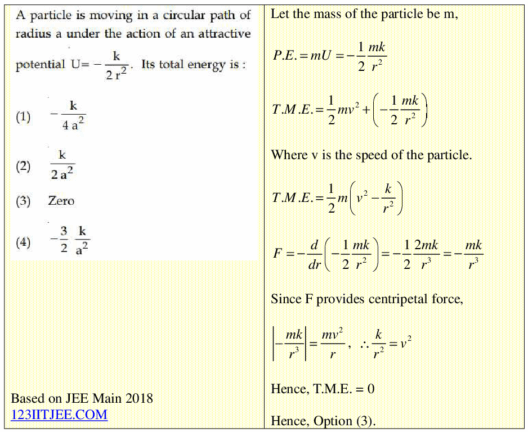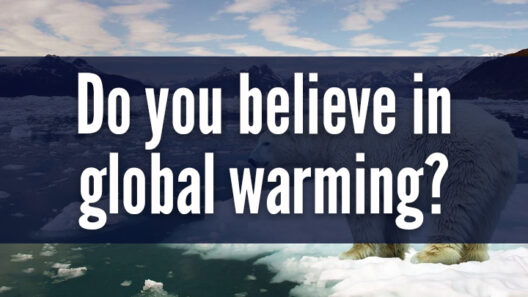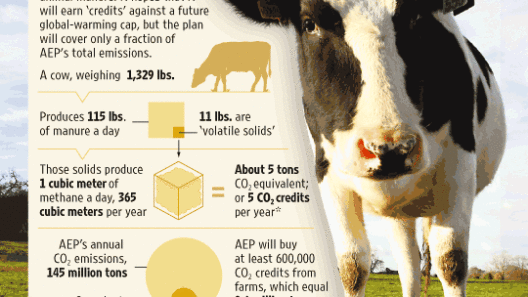Global warming, a specter looming larger as each decade passes, has evolved from a theoretical framework to an undeniably pressing crisis. This timeline charts pivotal moments in our understanding and response to climate change—a narrative woven through scientific inquiry, political maneuvering, and societal awakening. The journey from the dimly lit corridors of conjecture to the stark reality of existential threat elucidates the myriad ways humanity has engaged with its environment.
In the nascent years of the 19th century, the seeds of climate science were planted by the notable work of scientists like John Tyndall, who, in 1859, postulated that certain gases—specifically carbon dioxide and water vapor—trap heat in the atmosphere, akin to the glass of a greenhouse. This metaphor would serve as the foundation for future discourse, linking human activity with climatic consequences. While Tyndall’s hypothesis languished in relative obscurity, the implications of greenhouse gases began to simmer beneath the surface of scientific inquiry.
Fast forward to the early 20th century, when a pivotal moment occurred. In 1938, Guy Stewart Callendar published findings indicating that rising levels of atmospheric carbon dioxide, a consequence of fossil fuel combustion, were correlated with increasing global temperatures. The “Callendar Effect” ignited interest in the atmospheric effects of industrial emissions, yet societal heed remained tepid. The world was entrenched in the throes of economic upheaval and global conflict, eclipsing environmental considerations.
As the post-war era unfolded, a gradual awakening transpired. By the 1950s, scientists such as Roger Revelle and Hans Suess emphasized the quantitative aspects of carbon dioxide’s impact on atmospheric chemistry. Their efforts revealed a troubling pattern: the Keeling Curve, devised by Charles David Keeling, illustrated an inexorable rise in carbon dioxide levels, demonstrating a stark correlation between fossil fuel usage and atmospheric composition. This burgeoning awareness was akin to a footnote in history, offering a glimpse into an impending calamity.
The 1970s heralded a seismic shift, where environmental discourse burgeoned in the public consciousness. The inaugural Earth Day in 1970 galvanized a generation, intertwining ecological awareness with social activism. Concurrently, the first United Nations Conference on the Human Environment in Stockholm laid the groundwork for international dialogue on environmental issues. However, despite the clarion call for action, the nexus between these conversations and concrete policy remained tenuous.
By the 1980s, scientific consensus began to crystallize around the concept of anthropogenic global warming. The establishment of the Intergovernmental Panel on Climate Change (IPCC) in 1988 signified a watershed moment in climate science. This consortium of esteemed scientists was tasked with collating research, synthesizing findings, and disseminating knowledge to both policymakers and the public. The IPCC’s inaugural assessment report in 1990 asserted that the observed warming was largely attributable to human activity, effectively shifting the paradigm from uncertainty to urgency.
However, the politics of climate change often resembled a quagmire. The 1992 Earth Summit in Rio de Janeiro marked a milestone, leading to the Framework Convention on Climate Change (UNFCCC). Yet, as nations convened to deliberate over emissions reductions, vested interests and economic considerations began to overshadow scientific imperatives. The metaphorical “battle” between economic growth and environmental stewardship intensified, leading to an impasse that would resonate through subsequent decades.
The turn of the millennium bore witness to escalating climate anomalies, serving as a clarion reminder of the stakes at play. The ostensible inaction juxtaposed with extreme weather patterns became a crucible for climate activism. In 2006, Al Gore’s documentary “An Inconvenient Truth” fused science with storytelling, evoking a visceral response that galvanized public sentiment. The increased visibility of climate change as an urgent crisis punctuated the onset of the 21st century, transforming indifference into activism.
As the years unfurled, the stark realities of climate change morphed into a litany of catastrophic events. Hurricanes, droughts, and wildfires exacerbated by rising temperatures underscored the tangible implications of climate inaction. The 2015 Paris Agreement exemplified a communique in the global effort against rising temperatures, encapsulating a spirit of solidarity amid stark differences. Nations pledged to curtail emissions, aiming to limit the increase in global temperature to well below 2 degrees Celsius, illuminating both ambition and fragility in the climate dialogue.
Yet, even amidst this seemingly galvanized commitment, skepticism and inertia remain. Disparate national interests frequently impede progress, akin to navigating a labyrinth. The events of past decades show us a oscillation—a pendulum swinging between hope and despair, action and inaction. The urgency has been heightened further by the alarming findings of IPCC reports, laying bare the scientific consensus and forewarning of dire consequences if current trajectories remain unchanged.
In contemporary discussions, the evolution of the climate narrative continues to unfold. The integration of social equity within the climate conversation has emerged as an essential dimension, recognizing that the most vulnerable populations are often the most adversely affected by climate impacts. Climate justice intertwines with environmental sustainability, demanding a multifaceted approach to remedy historic inequities and restore balance.
As we gaze into the horizon, the trajectory of this timeline suggests that the path ahead is fraught with challenges and opportunities alike. The evolution of global warming from a theoretical concept to an existential crisis is not merely a chronicle of scientific advancement; it encapsulates humanity’s relationship with the planet. Each chapter in this ongoing narrative compels us to acknowledge the poignant reality of our collective responsibility. The metaphorical weight of climate change no longer rests solely on the shoulders of scientists but demands a multifarious response—from policymakers to individuals, uniting in an intricate dance towards a sustainable future.
In conclusion, we stand at a crossroads where our decisions will define the contours of the planet for future generations. The timeline of global warming’s evolution is not just a testament to scientific progress; it is a call to action. The interplay between theory and crisis must yield a robust response that honors the delicate balance of our ecosystems and fortifies the tenets of social justice, fostering resilience against an uncertain future.
